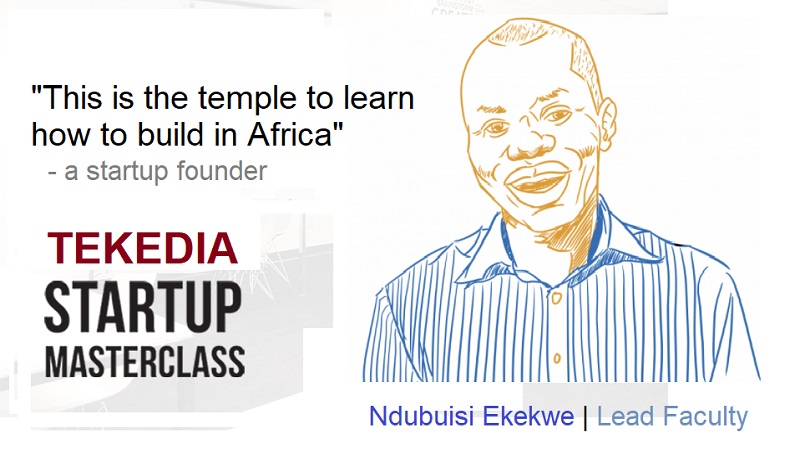Tesla Scrambles for Redemption as Cybertruck Crashes – Now Robotaxi Seems Like Last Hope

Tesla is scrambling to regain investor confidence as a wave of setbacks continues to erode its dominance in the electric vehicle industry. The company, once considered untouchable in the EV space, is now relying on a bold, high-stakes pivot toward autonomous vehicles — a move seen by some as visionary, but by others as desperate.
Less than two years after its dramatic debut, the Cybertruck has turned from Tesla’s most anticipated launch into one of its biggest disappointments. The vehicle’s production has been plagued by engineering flaws and quality control issues. Sales are collapsing. According to Cox Automotive, only 4,306 Cybertrucks were sold in the second quarter of 2025, a sharp 32% drop from Q1 and a staggering 50% decline year-over-year. Those figures are not just bad — they’re the worst Tesla has posted for any model over the course of a year.
That dismal performance allowed General Motors’ GMC Hummer EV lineup — both SUV and pickup — to overtake Tesla, registering 4,508 units sold, up from 3,479 the previous quarter. In a bid to clear inventory, Tesla is now including free Full Self-Driving (FSD) software, normally priced at $12,000, with Cybertruck purchases — a striking reversal for a company that typically reserves such perks for its most loyal base.
Register for Tekedia Mini-MBA edition 18 (Sep 15 – Dec 6, 2025) today for early bird discounts. Do annual for access to Blucera.com.
Tekedia AI in Business Masterclass opens registrations.
Join Tekedia Capital Syndicate and co-invest in great global startups.
Register for Tekedia AI Lab: From Technical Design to Deployment.
The deeper problem, however, may be systemic. Tesla’s overall vehicle deliveries fell 16% year-over-year in Q2, missing Wall Street expectations. The slump is felt globally, with noticeable weakness in California, traditionally Tesla’s largest market, and worsening conditions in Europe, where local automakers are taking back market share. Tesla blamed factors such as Trump’s new import tariffs on Chinese EVs and the expiration of U.S. EV tax credits, but analysts say the problems go beyond policy.
The financial hit is already visible. Tesla’s quarterly earnings showed a sharp decline in profit margins as the company slashed prices in a bid to maintain relevance. And while its rivals invest in scaling production and refining quality, Tesla’s reputation has taken hits not just from vehicles but from Elon Musk’s polarizing political stances, which continue to alienate portions of the customer base.
In the face of all this, Musk is now betting the company’s future on a dream he’s been selling for years: robotaxis.
According to an internal memo, Tesla plans to launch its robotaxi service in San Francisco this weekend, with eyes on expanding across the U.S. in the coming months. Musk said he expects the fleet to reach half of the U.S. market by year-end, pending regulatory approval.
The robotaxi project is closely tied to Tesla’s Full Self-Driving software — a system that, despite years of development and testing, still operates under driver supervision and has drawn scrutiny from safety regulators. Musk insists that autonomy is around the corner, and that robotaxis will eventually generate “massive passive income” for Tesla owners and billions in recurring revenue for the company.
Some analysts are still buying into the long-term story.
“This is not just a car company anymore,” said Dan Ives of Wedbush Securities. “This is an AI and robotics play. Deliveries are under short-term pressure, but autonomous driving and the AI ecosystem could add $1 trillion to Tesla’s valuation. That’s our bull thesis.”
Keith Fitz-Gerald, Chief Investment Officer at Fitz-Gerald Group, noted: “Betting against Elon Musk is like betting against Steve Jobs. Tesla could reach a $20 trillion valuation if it executes.”
Musk responded to the claim by saying: “Extreme execution is needed, but a $20 trillion valuation is possible.”
But that extreme execution is still elusive. Tesla’s other futuristic project, the Optimus humanoid robot, is way behind schedule. The company had planned to produce 5,000 units in 2025, but more than halfway through the year, output is still in the hundreds, according to sources familiar with the matter. There’s no clear path to scaling the robot, which Musk once said could be bigger than the EV business itself.
Skepticism is mounting. Jefferies analysts called Tesla’s latest update “dull,” while Goldman Sachs said robotaxi progress appears limited. Even longtime supporters are beginning to question whether the company is spreading itself too thin across vehicles, AI, robotics, and now ride-hailing services — all while its core business declines.
The stock has reflected those concerns. Tesla shares dropped 8% on Thursday following the earnings report, clawed back 3.5% Friday, but are still down 22% year-to-date, making it the worst performer among major tech giants.
Against this backdrop, Tesla’s future seems to hinge on whether its AI and autonomy pivot can deliver — literally and figuratively. It’s a bet on a future that hasn’t yet arrived. And for a company that once reshaped the car industry, that may be its riskiest road yet.


